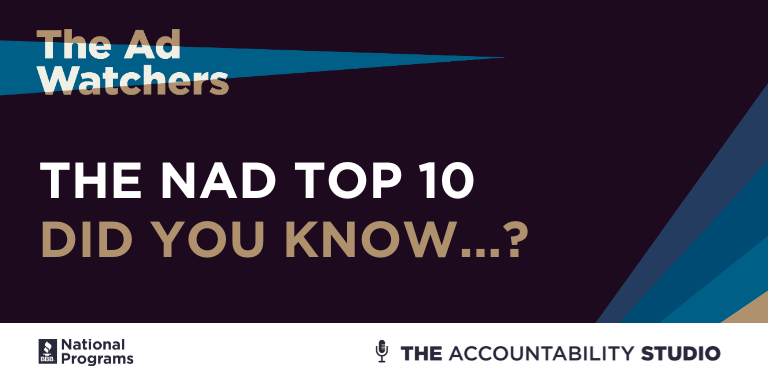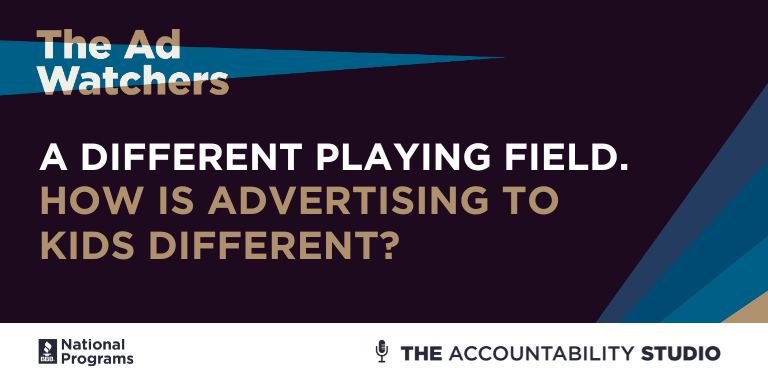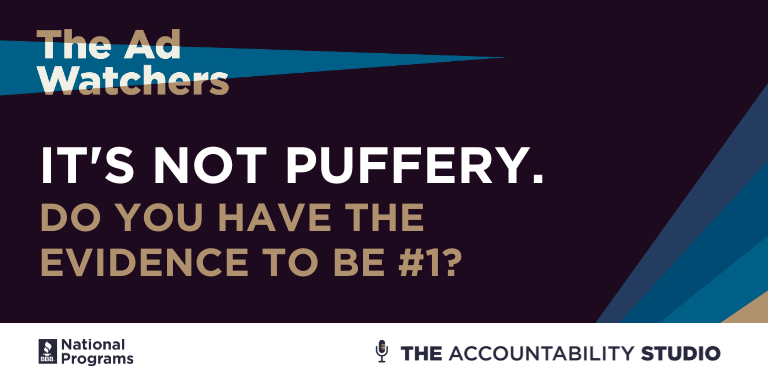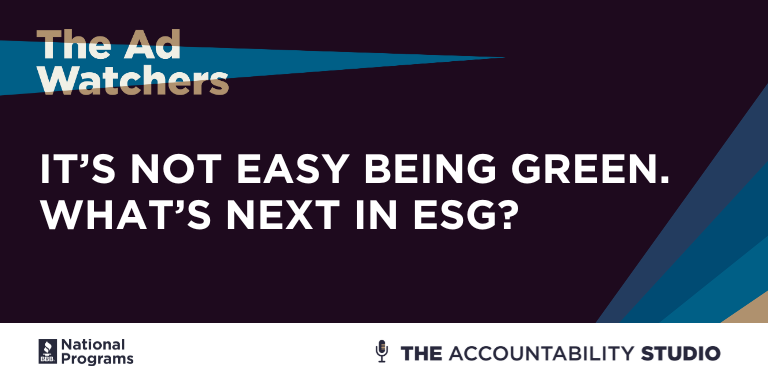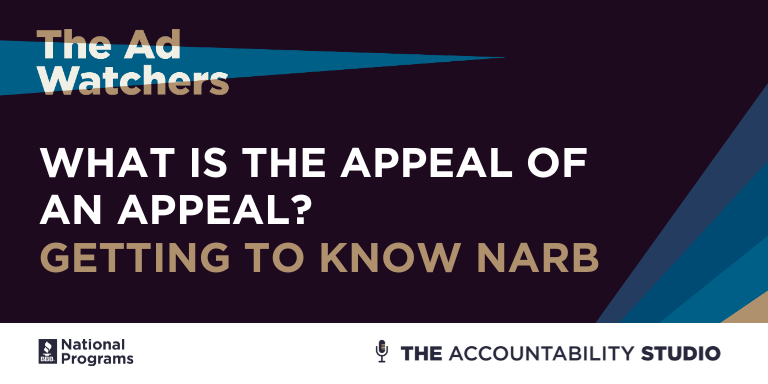
On this episode of Ad Watchers, host Daniel Range, Attorney at the National Advertising Division (NAD), is joined by an all-star team from the National Advertising Review Board (NARB), BBB Programs. Ken Plevan, Chair, Heather Hippsley, Vice-Chair, and Saveeta Dhanai, Manager, all gather to discuss who makes up the National Advertising Review Board (N ARB) and the role this organization plays in the advertising self-regulation space.
Dan leads the conversation by asking Ken to give listeners a general overview of the NARB and its function. Ken begins by reminding us that NARB is informal and voluntary. Companies participating in the NAD process who are unhappy with the decision issued have an opportunity to appeal, which is done through NARB. Unsatisfied NAD participants can ask their colleagues within the industry to tell them whether what they are doing is right, wrong, or defensible. This request transforms into a review board comprised of five industry peers.
Continue reading Episode Show Notes: What is the Appeal of an Appeal? Getting to Know NARB
